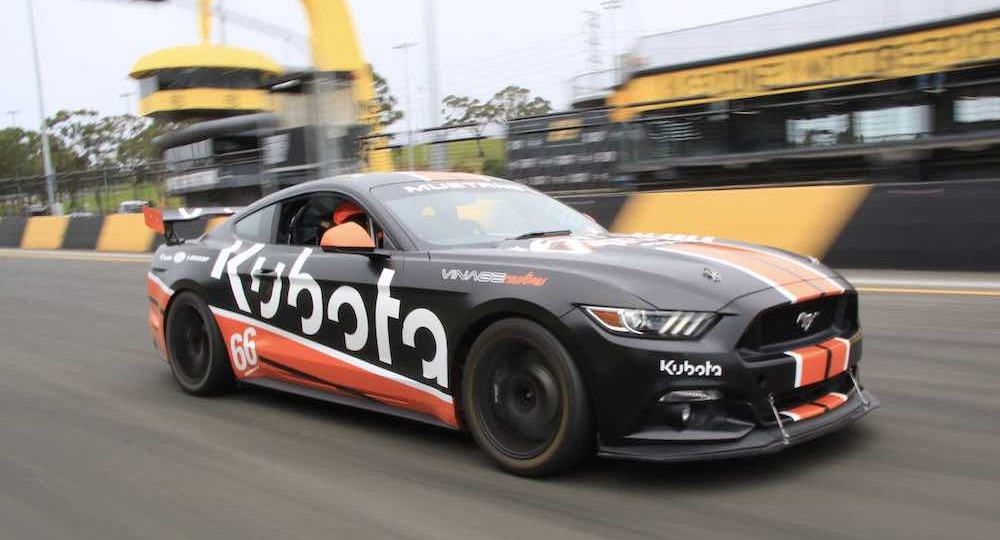With the 2021 Supercars Championship being a bit stop-start due to Covid and now just a dazed memory, the season ended on a high with the spectacular Bathurst 1000 as the grand finale. With the impending changes to the future of the series having initially been mooted for a mid-2022 season debut, the new Gen 3 Supercars models will now be competing at the commencement of the 2023 Repco Supercars Championship. The next generation of V8 Supercars is becoming more and more certain, and this future is a very exciting one.

The Gen3 Supercars prototypes were revealed at Bathurst in December 2021 with the cars in test runs at Queensland Raceway in early 2022. They clocked up over 1,000 kms for both the Camaro and Mustang, primarily piloted by Triple Eight and DJR steerers. It’s only served to build excitement about this change of gears in the sport. There has been seemingly endless news about the new models, the great stick shift versus paddle debate, so we’re going to now try and make some sense of it for you. Let’s take a look at those changes and what it all means for the future of Australia’s favourite racing category.
The new V8 Supercar specs
The first thing to note about the two new models is the look. A strong emphasis has been put on the cars resembling their road car counterparts, with fans of Supercars often growing frustrated in recent years that models looked a little silly. The roof height of the current Ford Mustang has even seen it occasionally referred to as an ice-cream truck.

The new model is far more aesthetically pleasing and just looks like a Mustang. Many of its dimensions – the doors, windows, roofline and hood are the same as the S550 Mustang available for the general public. These dimensions seem to suit the 2-door look far better than the previous model.
The Camaro has that real muscular look at the front, and a very high ‘waistline’ on the side, creating the macho mixture of power and beauty we expect to see in a Chevrolet.

The new designs feel somewhat more streamlined, with shorter front splitters and significantly smaller rear wings. This is maybe the most significant shift in the history of Supercars from an aesthetics perspective. But don’t worry, they’re still Supercars!
The Ford Mustang GT will be fitted with a 5.4L ‘Coyote’ DOHC V8 engine, while the Chevrolet Camaro will be powered by a 5.7-litre Chevrolet Racing LTR V8 engine. Despite fears from some fans that the modified crate motors would not produce the same noise as the bespoke units, the December 3, 2021 launch of the models revealed that the familiar Supercar sound will be as glorious as ever.
The Gen3 Supercar rule changes
It was announced at the 2020 Bathurst 1000 the Gen3 rules were soon to come into effect. Holden closing represented a necessary shift for the future of V8 Supercar specs, and it was deemed important to open the sport up to new manufacturers, with a focus on relatable looking cars.
John Casey, who oversees the Gen3 rules, said “if we are representing a car or a brand on the grid, we need to make sure that we do that in a faithful way”, and felt that the new designs were much more relatable to the average Supercar viewer. He added that the new cars were 80 percent like their road car counterparts, but an aggressive version. One might summarise this as a similar but Supercar version of car you would see day to day.
Should this strategy succeed, it will secure an ongoing viewership for the sport, which can only be seen as a positive, especially given the large number of fans who criticized the Gen2 Models.
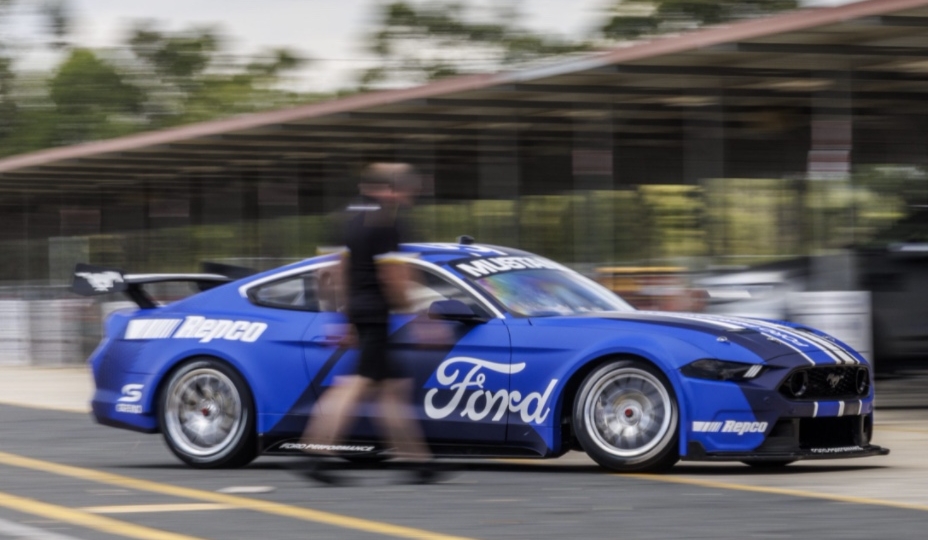
The ‘paddle or stick’ debate has been settled
In an ever-evolving landscape for motorsport, and significant changes ahead, it is sometimes a relief when tradition wins out. The recent confirmation by the Gen3 Steering Committee that the traditional manual gear shift has been confirmed for the foreseeable future.
Initially, the Mustang had a stick and the Camaro paddles. Even many of those indifferent to the electronics were not happy with the overall feel. According to Roland Dane of Triple Eight Race Engineering, it wasn’t important whether the cars have a paddle-shift or a manual change, but he did say it was important that the Gen 3 Supercars make up their mind. “Either have a proper manual gear shift like we have now … or have a paddle shift, don’t try and con people with something in between.”
Dane’s thoughts reflect the general angst drivers and fans alike hold toward the electronics in gear shifts. When the call was finally made in early February, gun driver Shane Van Gisbergen was “stoked’ that Supercars was preserving the status quo and changing gears with a sequential lever and heel-toe down changes.
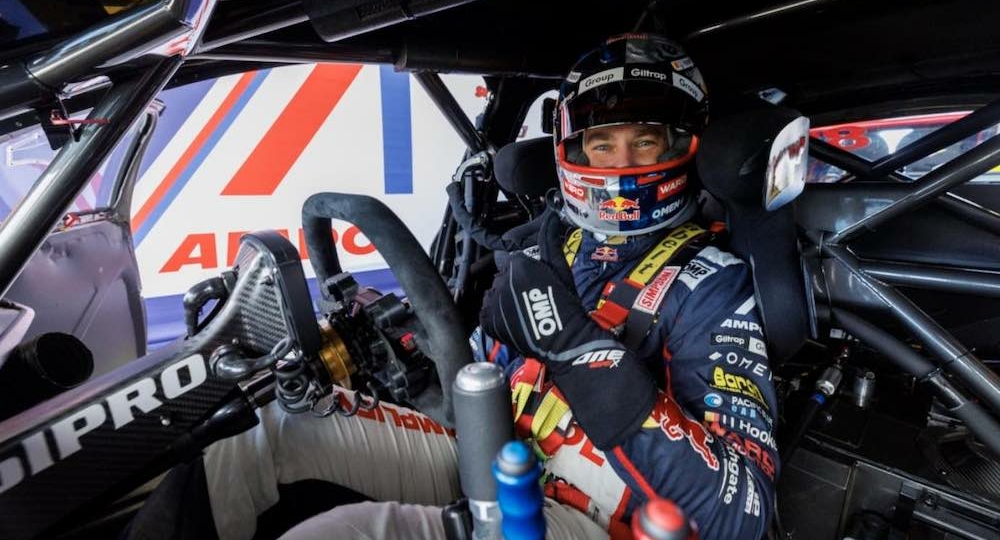
In fact, a recent poll on Speedcafe.com currently shows over 88 percent of respondents think keeping the gear stick was the right decision.
What’s the progress on how the Gen3 Supercars drive?
The fact the Gen3 Supercars are much lighter but just as powerful as the previous models led to speculation that the cars might be less aerodynamically sound. The launch finally gave us some clarity, at least in the initial stages.
When Supercars legend Jamie Whincup took the Camaro for a test drive at the launch, he was particularly excited about the power, stating “it’s just accelerating off the corner unbelievably well” and that there is “pure torque in the engine”. He also noted how light the car was, and that it was “moving around a bit”.
Anton de Pasquale’s initial thoughts on the Mustang model when he gave it a test drive, suggested there was still work to be done: “it definitely moved around a bit more than what we’ve got” and that it “sounded amazing”.
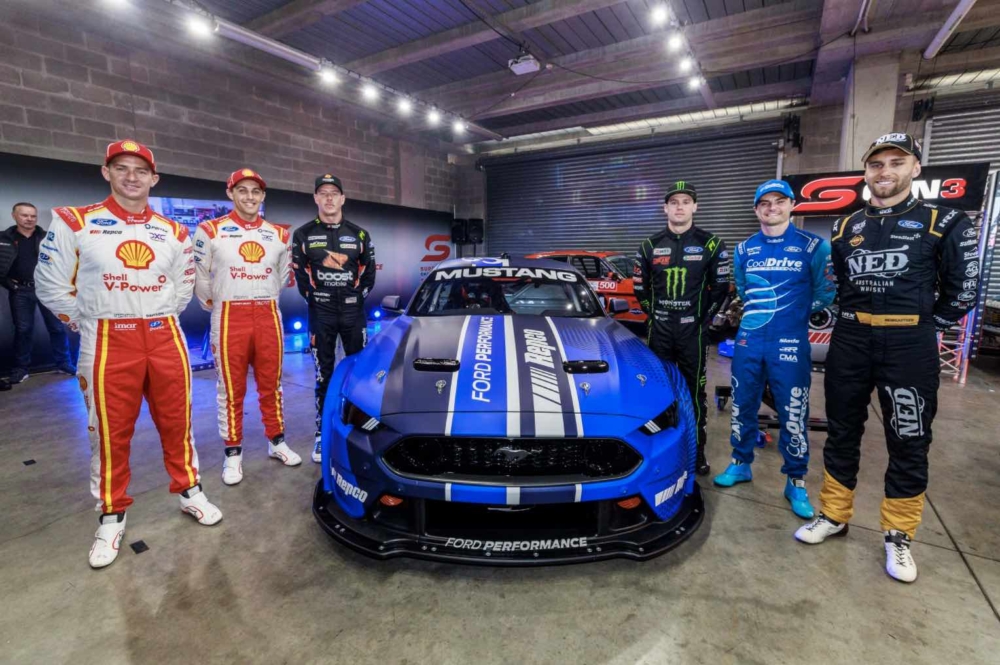
With some tweaks having been made since, and plenty more time before the Gen3 2023 launch, there is plenty of time yet for the new models to be perfected. Head of Supercars Adrian Burgess explained that the testing was on track. He said lap time was not yet of concern to them, and that the tuning process was coming along nicely: “we are still experiencing the normal sort of growing pains that you expect when you build a car from the ground up”.
Any concerns raised by these comments are surely alleviated when we consider what Craig Lowndes had to say recently. Aside from being broadly impressed with the cars, Lowndes also approved of the power to weight ratio, and despite saying the brakes “aren’t as reactive as I would like them to be”, he did point out that “they have done a lot of mileage”, so it made sense.
Ultimately, the cars still need to be perfected, but there’s plenty of time to manage this. We are still only a few months since the initial launch and already some improvements have been made.
What these changes mean
Adding to the changes to the sport are the new, softer Dunlop tyres to be used in competition in five different events this year. They will have increased degradation and are expected to only last 60kms of racing. This is sure to lead to far busier pit bays, and potentially an increase to the number of strategic options available to each team.
The “hybrid ready” chassis is a far more cost-effective design, which is significant given the spiralling costs of the current Ford Mustang GT and Holden Commodore ZB Models.
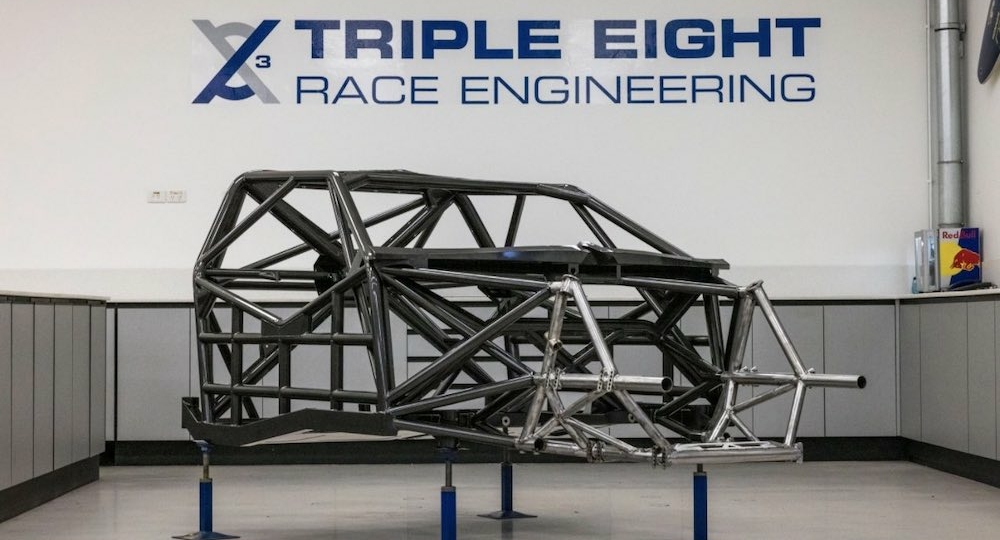
The difference in cost with some components of the new models is quite significant. According to Ken McNamara, the price for the new engines maxes out at around $70,000 – well down from the Gen2 versions, which was often up around the $150,000 mark. McNamara also explained that they would be significantly cheaper to rebuild; roughly $25,000 no more than twice a year, while the previous versions were closer to $40,000, and three times a year.
With an ongoing need to secure the future of V8 Supercars that was only exacerbated by the pandemic, the Gen 3 rules and resulting financial benefits should be an extremely positive change, especially given the spectacle promises to be just as good.
Finding the balance: power, speed and cost
The Supercar chiefs have made a conscious effort to ensure top speeds don’t increase as part of a mass reduction in downforce for Gen3.
Two core pillars of the Gen3 design were to lower costs and facilitate better racing. Supercars typically peak around the 300km/h down Conrod Straight at Mount Panorama, the fastest section of track the championship visits. With plans to cut current downforce levels by 67 percent for the new Mustangs and Camaros, drag levels will be dramatically slashed with the potential of over 300 km/hr without a horsepower adjustment.
As Supercars head of motorsport Adrian Burgess told Speed Cafe, “if we left the current power unit in the Gen3 car, [top speed] would be substantially over 300km/h. That’s not something that is desired”.
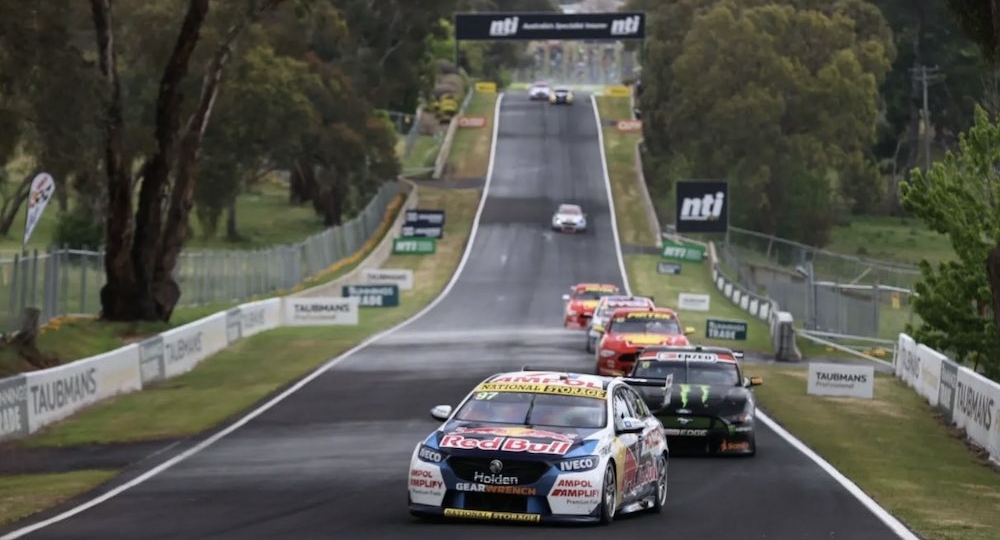
“So when we have targeted the downforce number that we believe we can get to and when we’ve worked on our projected minimum weight of the car, you also factor in where you would like to be in terms of manufacturers being able to bring a wider range of engine configurations to us.
“We aren’t going to stick in a V8 still doing 650bhp because those engines are so highly stressed and so highly developed that that’s why they are expensive to run and maintain.
“By bringing the horsepower number down roughly 50bhp, combine that with less downforce, you still need to have a reasonable amount of drag on the car or you will be too quick, but it gives us an engine platform that should be easier for more manufacturers, should they arrive, to hit the number.”
Therein lies the opportunity to balance a 600 Hp engine that’s an “easier and cheaper” package for teams to build and operate, leaving the door open for other manufacturers.
Will there be more than two manufacturers in Gen3?
The team that won the Bathurst 1000 in 2021 is the only one who has not committed to a Gen3 Mustang or Camaro in 2023 at the beginning of the 2022 season. Team boss Ryan Walkinshaw has been reported to have spoken to 6 other manufacturers and might be able to pull off a deal that will add a third manufacturer to the series. Not an easy task, with some of the ‘fringe’ non- Holden and Ford makers, like Mercedes and Nissan having relatively short-lived seasons and not many podiums in earlier ventures.
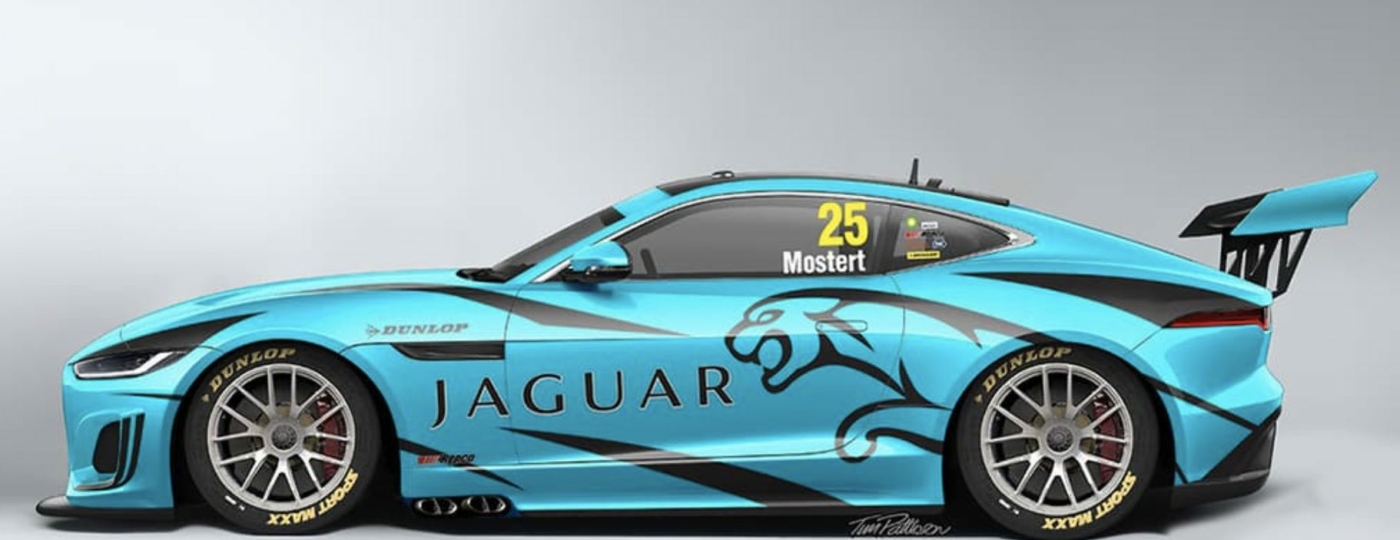
If he is able to get a third manufacturer in, it will certainly add interest and our assessment is it’s unlikely to happen in time for 2023, but could come later. There’s been a ton of speculation with initial reports about positive talks with Jaguar, and then with leading Korean manufacturers Kia and Hyundai being touted. Unfortunately with only 12 months to go, there’s been no confirmation from Ryan and the time is running out. But don’t put it past the resurgent Walkinshaw team, and with gun drivers like Chaz Mostert, if they can strike a deal, it may well be the wildcard to tip interest over the top.
Will Gen3 make the sport better?
With testing now well and truly underway, reports are coming in on the progress of the cars. Will Davison said it was “an impossible question” to answer whether the new models are better than previous ones. He also believes they will be difficult to drive due to drop in downforce, but he said this was “kind of exciting”.
Another thing to take away from Davison’s interview is that he does believe the cars will be slightly slower than previous models. While the skill required to handle them is an exciting prospect for fans, one feels a reduction in speed is something of a negative. Is this a significant downside? Probably not. But nonetheless, us Supercar enthusiasts are largely drawn to the sport because of the sheer speed. Hopefully this doesn’t take too much away from the overall experience.

But when it all boils down, this is a very exciting time for Supercars. The models look and sound unbelievable, test drivers are showing their approval, and the streamlined budgets mean a more sustainable future for the sport. That seems like a net positive. We can’t wait to see these cars in action when the 2023 V8 Supercars events begin next season.
Get Behind the Wheel
If all of this Supercar talk has got you in the mood to speed around a race track yourself, check out our Gen 3 inspired Mustangs and a range of exciting driving and hot laps experiences including Bathurst, and book yourself the experience of a lifetime.
